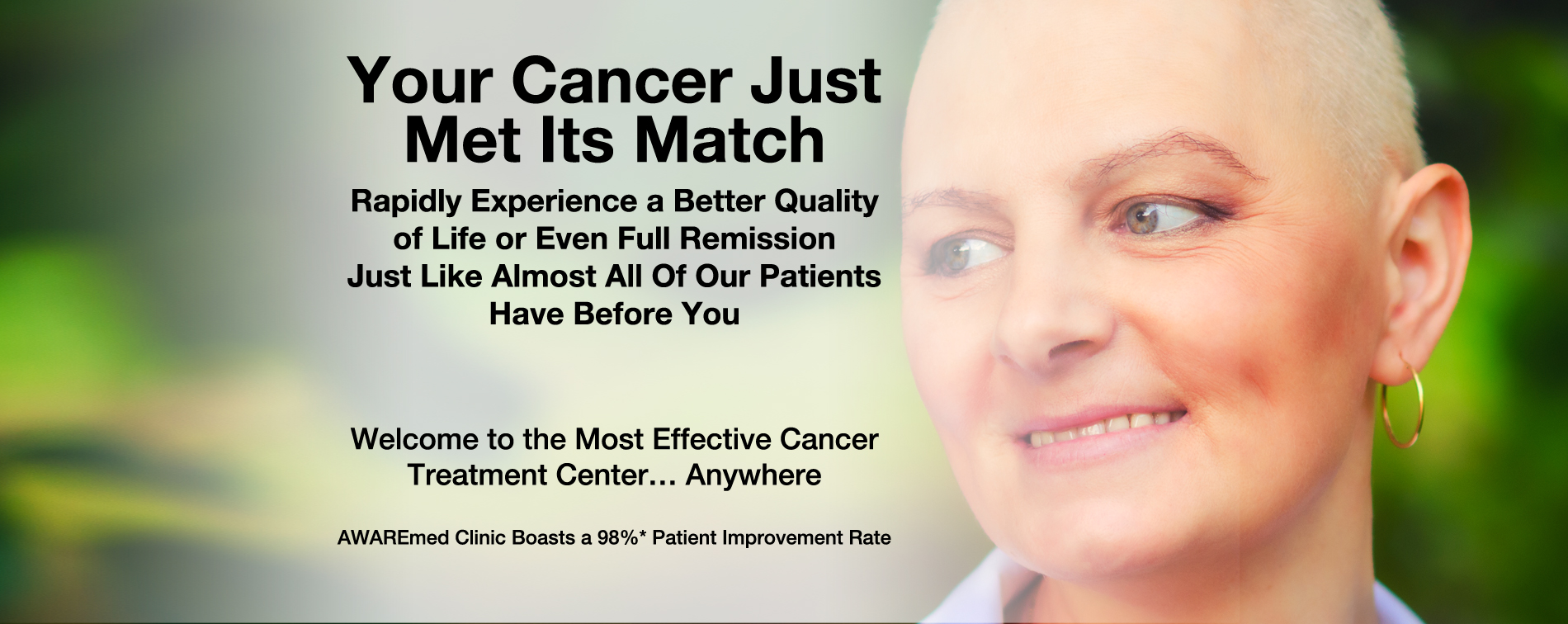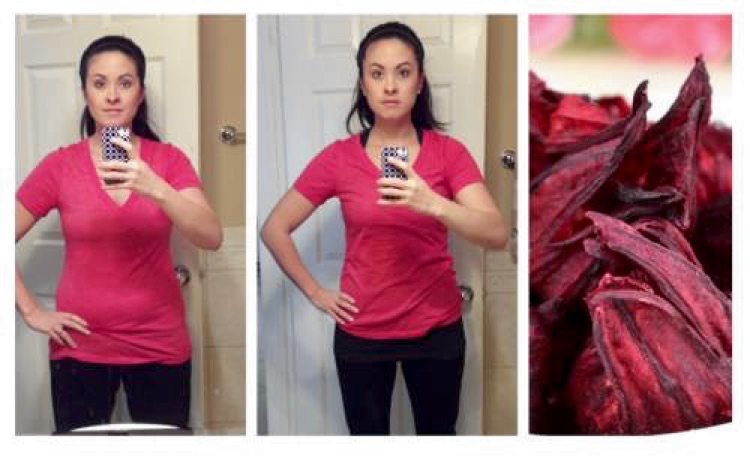Recurrent breast cancers
Recurrent breast cancers causes: The remnants of cancer cells

Recurrent breast cancers causes will becomes evident when cells that were part of the patient’s original breast cancer break away from the original tumor
Recurrent breast cancers causes will becomes evident when cells that were part of the patient’s original breast cancer break away from the original tumor and hide nearby in the breast or in another part of the body. By and by, these cells multiplies again. All the treatment procedures like chemotherapy, radiation or hormone therapy you underwent during the first breast cancer diagnosis was intended to kill all cancer cells that may have remained after surgery. However, sometimes these treatments aren’t able to kill all of the cancer cells leaving some remnants. This is because there are certain cancer cells which can remain dormant over the years without causing harm. These dormant cells can be triggered gets activated causing them to grow rapidly spreading to other parts of the body. Why this happens, is yet to be established scientifically.
Recurrent breast cancer causes: Risk factors
For breast cancer survivors, factors that increase the risk of a recurrence include:
Lymph node involvement. Finding cancer in nearby lymph nodes at the time of your original diagnosis increases your risk of the cancer coming back. Women with many affected lymph nodes have a higher risk.
Larger tumor size. Women with larger tumors have a greater risk of recurrent breast cancer.
Positive or close tumor margins. During breast cancer surgery, the surgeon removes the cancer along with a small portion of the normal tissue surrounding it. A pathologist then examines the edges of the tissue looking for cancer cells. When the borders are free of cancer from the examination result, then we have a negative margin. However, if there are some cancer cells, it is a positive margin. In this case the risk of breast cancer recurrence is increased.
Lack of radiation treatment following lumpectomy. Most female patients who choose lumpectomy for breast cancer undergo breast radiation therapy to reduce the risk of recurrence. Those who don’t undergo the radiation therapy have an increased risk of local breast cancer recurrence.
Younger age. Women below age 35 at the time of their original breast cancer diagnosis, face a higher risk of recurrent breast cancer.
Inflammatory breast cancer. Women with inflammatory breast cancer have a higher risk of local recurrence.
Cancer cells with certain characteristics. If the breast cancer wasn’t responsive to hormone therapy or treatments directed at the HER2 gene (triple negative breast cancer), you may have an increased risk of breast cancer recurrence.
Recurrent breast cancer causes: Prevention
Treatments that have been linked to a reduced risk of breast cancer recurrence include:
- Targeted therapy. For women whose cancer makes extra HER2 protein, the drug trastuzumab (Herceptin) can decrease the chance of the cancer recurring.
- Radiation therapy. Women who’ve had a breast-sparing operation to treat their breast cancer and those who had a large tumor or inflammatory breast cancer have a lower chance of the cancer recurring if they’re treated with radiation therapy.
- Maintaining a healthy weight. Maintaining a healthy weight may help decrease the risk of recurrent breast cancer.
- Hormone therapy. Women with hormone receptor positive breast cancer may reduce their risk of recurrent breast cancer by taking hormone therapy after their initial treatment.
- Regular exercise may reduce your risk of breast cancer recurrence.
- For women with breast cancer who have an increased risk of cancer recurrence, chemotherapy has been shown to decrease the chance that cancer will recur, and those who receive chemotherapy live longer.
Recurrent breast cancers causes: The remnants of cancer cells







